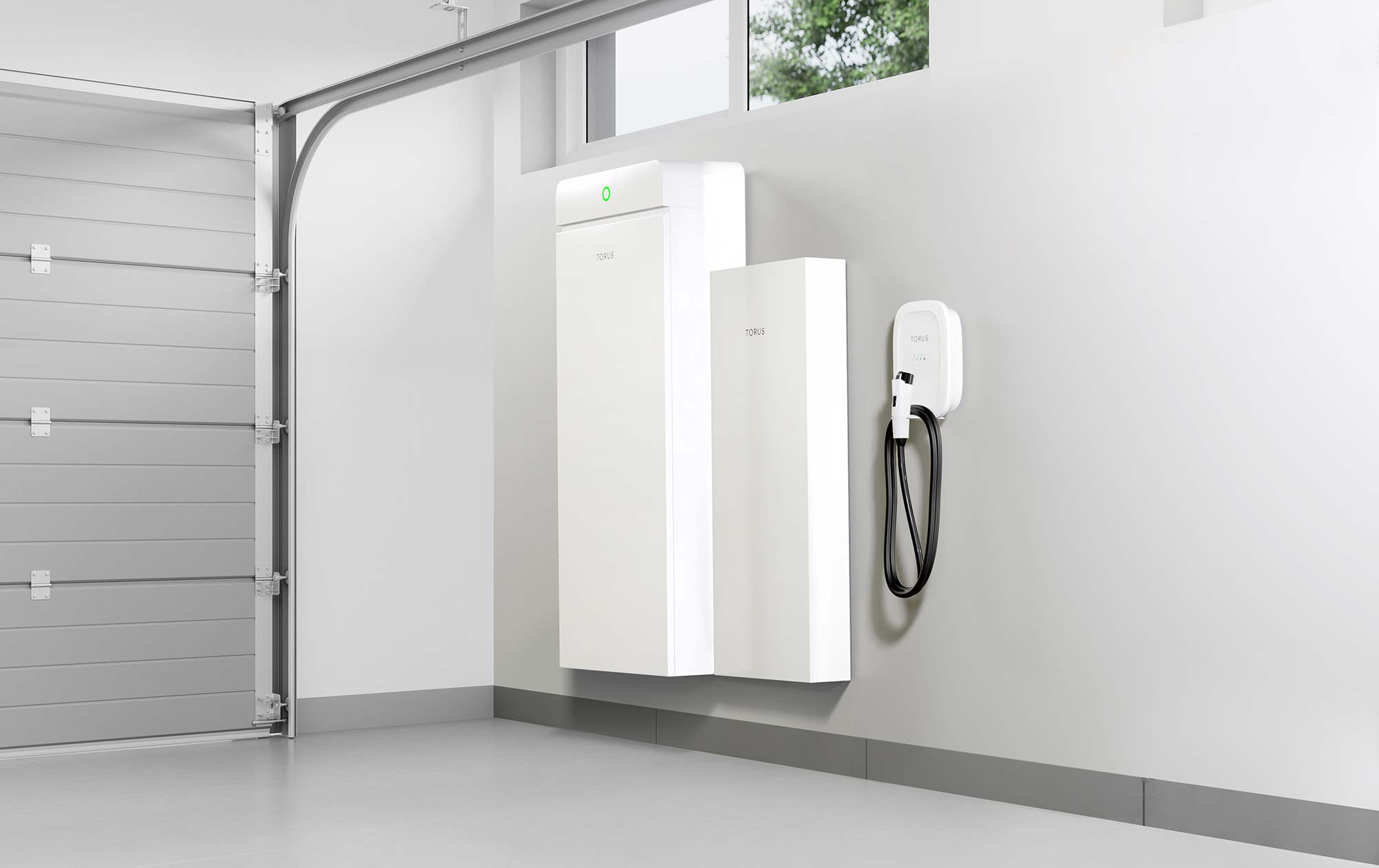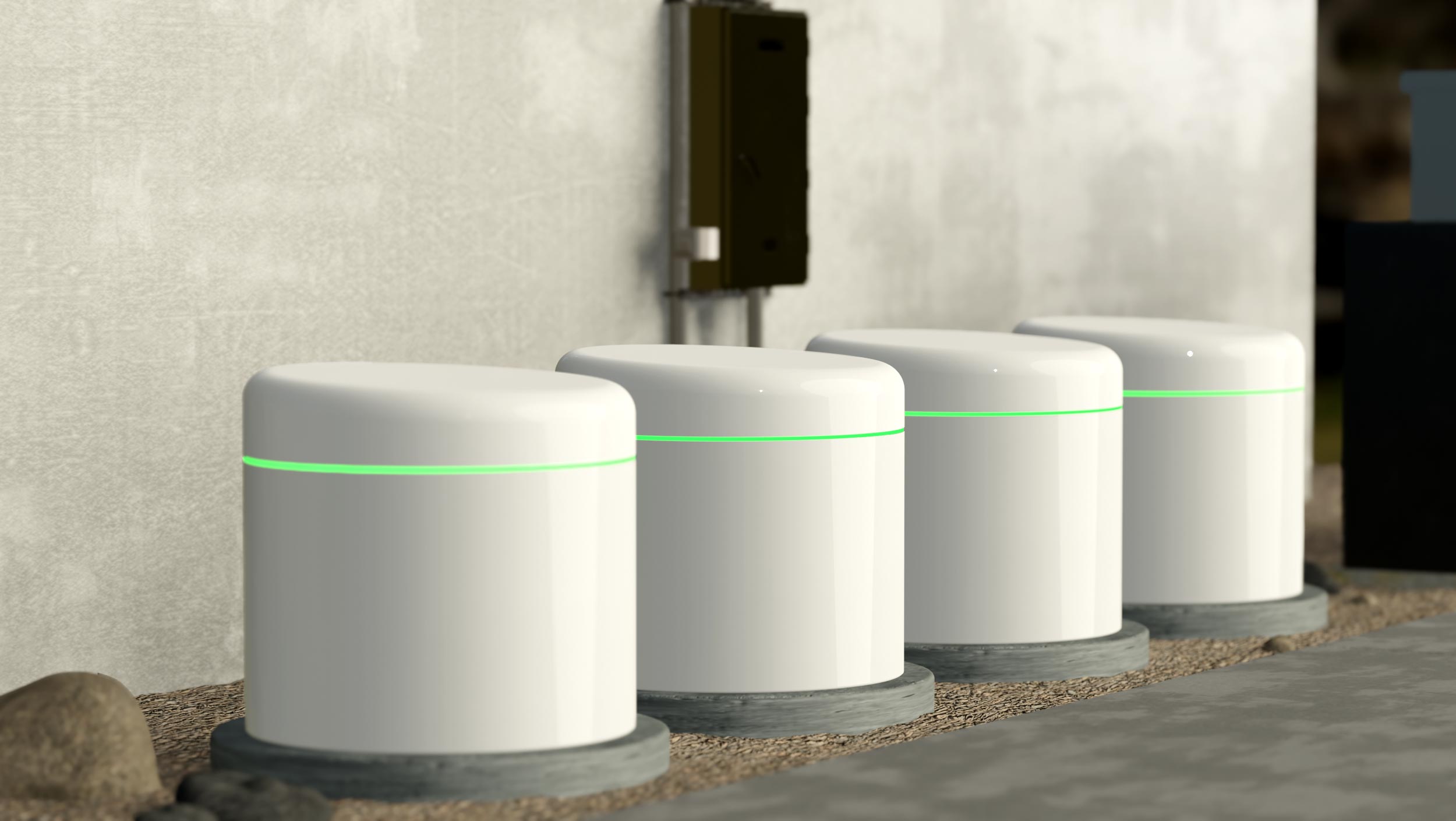What are the different types of solar?
How Can We Harness Solar Energy?
Hint: solar energy means more than just solar panels…
Solar energy has emerged as a leading source of renewable power, providing clean and sustainable solutions to meet our energy needs. While solar panels remain the most common method, there’s no shortage of innovative ways to harness the sun. Here are a few common (and uncommon) solar energy systems you should know about.
Photovoltaic (PV) Systems:
You likely know photovoltaic systems by their more common name: solar panels. These systems directly convert sunlight into electricity using solar cells made of semiconductor materials (typically silicon). There are two main types of PV systems:
- Grid-Connected PV Systems: These systems are connected to the electrical grid and feed excess electricity back into it, often helping you qualify for net metering programs.
- Off-Grid PV Systems: Off-grid systems are not connected to the grid, though they typically include battery storage to provide electricity during periods of low or no sunlight.
Concentrated Solar Power (CSP):
Concentrated Solar Power plants utilize mirrors or lenses to concentrate sunlight onto a receiver, which generates heat. That heat produces steam that drives turbines, in turn generating electricity. There are several types of CSP systems:
- Parabolic Trough: Curved mirrors focus sunlight onto a receiver tube to generate heat.
- Solar Power Tower: Sunlight is concentrated onto a central receiver tower using an array of mirrors, heating a liquid that produces steam.
- Dish Stirling: Mirrors concentrate sunlight onto a Stirling engine, which converts heat into mechanical energy that generates electricity
Solar Water Heating Systems:
Solar water heating systems capture sunlight to heat water for residential, commercial, or industrial use. These systems typically include solar thermal collectors, a heat transfer medium, and a storage tank. Solar water heating is a cost-effective and energy-efficient way to meet hot water demands.
Building-Integrated Photovoltaics (BIPV):
Building-integrated photovoltaics embed solar panels into common building materials, such as roofs, windows, or facades. BIPV systems blend functionality and aesthetics, offering a seamless integration of solar energy generation into the building's design.
Floating Solar Arrays:
Floating solar arrays, also known as floating solar farms or floating photovoltaic systems, are built on bodies of water. These systems not only generate clean energy but also have additional benefits, such as reducing water evaporation and conserving land.
Floating Solar Arrays:
Solar air conditioning systems utilize solar energy to power cooling systems, reducing reliance on traditional electricity sources. These systems can be particularly beneficial in hot climates where air conditioning demands are high.
The Torus Station is the most effective way to create, store, and manage clean, renewable energy at home. Curious? Learn more. Interested in a free consultation? Get in touch. Ready to commit? Customize your system.




